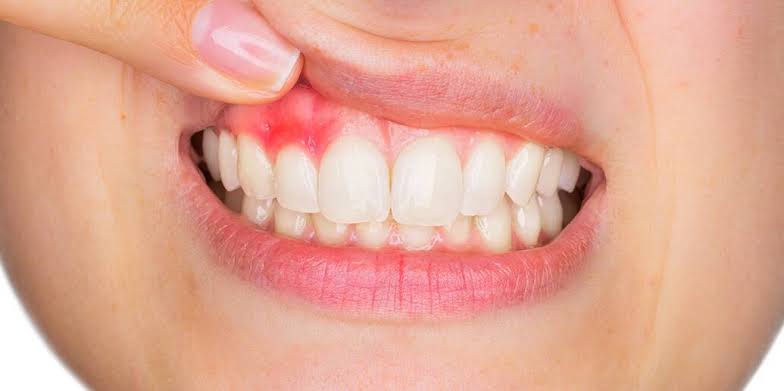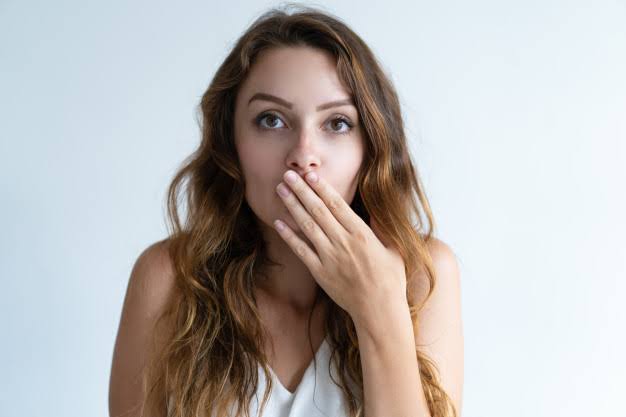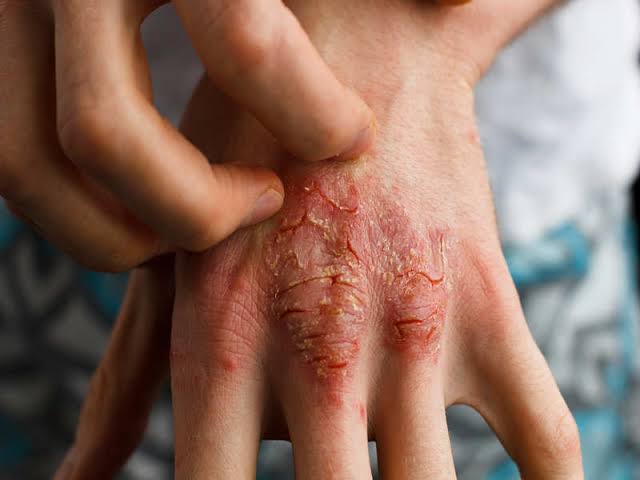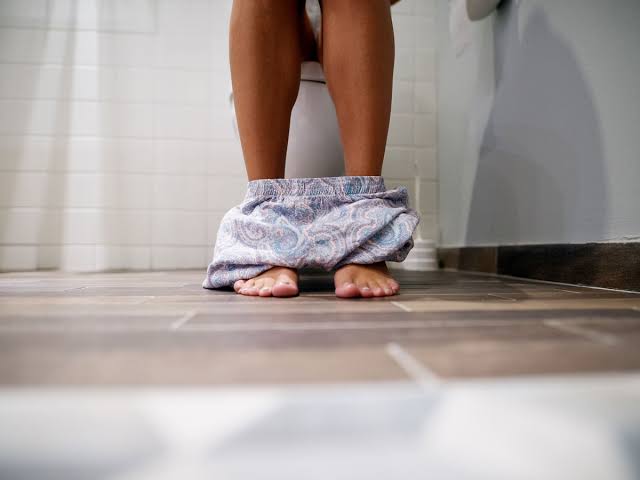What is gingivitis, what are the symptoms of gingivitis, and some forms of treatment of gingivitis.
Knowing Gingivitis:
Oral hygiene is something that often goes unseen and ignored. However, if ignored it can lead to serious health conditions. Gingivitis is one such inflammation that can occur when basic and healthy oral hygiene-related tips and precautions are not followed. Oral hygiene can be maintained with little and basic steps taken in our daily lives.
Gingivitis is an infection related to gums. It can be said to be an early part of a serious oral ailment known as Periodontitis. Gingivitis is a condition wherein the gingiva appears to be either puffy, red in colour and sometimes can also lead to bleeding. The gingiva is that portion of the gum which lies around the base of one’s teeth. This is mostly caused due to some kind of bacterial growth.
So now that you have a basic idea of gingivitis, let us explore more about the same.
Causes of Gingivitis:
Any disease or infection is closely related to our habits. These habits include lifestyle habits, food choices that we make, our activity and much more. When it comes to oral hygiene, mostly it links to the type of food we eat and the way we maintain the cleanliness of our tooth.
The main cause of the formation of plaque can be divided into many categories:
The initial layering of plaque: Plaque is a very thin layer of bacteria. This layer is usually present normally in every person but its quantity varies. It keeps on appearing on one’s teeth and has to be removed regularly. But when the frequency of its removal does not stop, then it is a sign of the initial level of Gingivitis.
When the amount of plaque rises and forms tartar: This is the next stage wherein the constant neglect of accumulation of plaque has led to its heavy growth. It is the hardened form of plaque that creates trouble. It promotes the growth and survival of the existing bacteria and also causes irritation on the tooth. Hence at this stage, it is better to consult a dental professional that can clean your tooth.
Gingivitis: Finally, if one has neglected the removal of tartar, this serious condition of Gingivitis is caused. This is the final stage and the bacteria irritate your gingiva leading to inflammation. The gums now become puffy or swollen, and can sometimes become red enough to bleed. If prolonged, it can also lead to tooth decay and even tooth loss.
Other than these there are other factors which aid in the inflammation such as-
Smoking or drinking alcohol,
Genetic issues,
Some past medical history aiding the growth of bacteria,
Tobacco’s consumption,
Unhealthy diet,
Improper oral hygiene habits
Symptoms of Gingivitis:
The early signs and symptoms of developing Gingivitis aren’t that visible. When it matures into proper gingivitis, then there are few common signs that begin to show up-
The gums begin to look red as if they were to bleed.
The gums swell up and appear quite puffy.
There are tooth sensitivity issues that come up.
One can develop persistent bad breath.
One can also begin to have tooth decay eventually losing teeth.
Treating Gingivitis:
With research and innovation, modern technologies are coming up. These solve the medical issues with precision and fewer chances of re-occurrence. Ozonated oils are one such innovation in terms of Gingivitis. The best part of these oils is that they give proven results within less time and less pain. Their results have been well-researched and results show the immense potential that ozonated oils hold in comparison to others.
One can, however always take professional help while using these oils. Also maintaining good oral hygiene, proper oral care routine can be of great help.
Precautions for Gingivitis:
– The first, foremost and probably the easiest way out is to maintain a good oral care routine.
– Another is to keep consulting dentist for using ozonated oils.
– Making use of a good toothbrush, floss, toothpaste, anti-septic mouthwash is something that can reduce the triggering of Gingivitis.
The issue is minor only to become a great problem if kept neglected. The good news with all of this is the advent of modern medications. There are various types of pills, tablets and treatments available in the field of oral healthcare segment. Especially the ozonated oils have really emerged as the wonder treatment therapy.
Hopefully, one remains careful regarding one’s oral hygiene.





